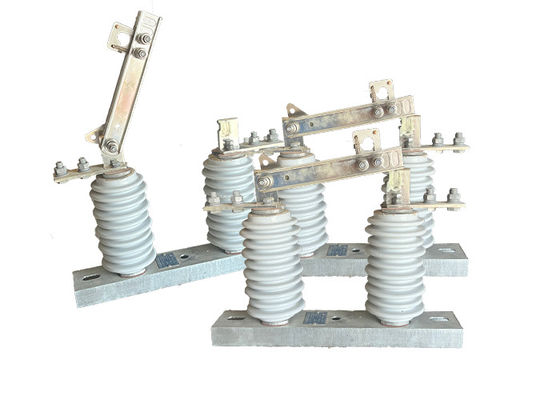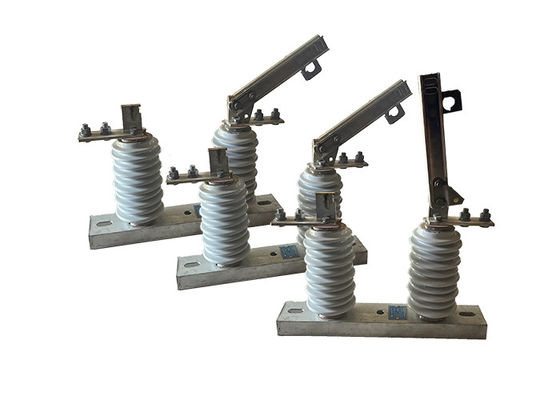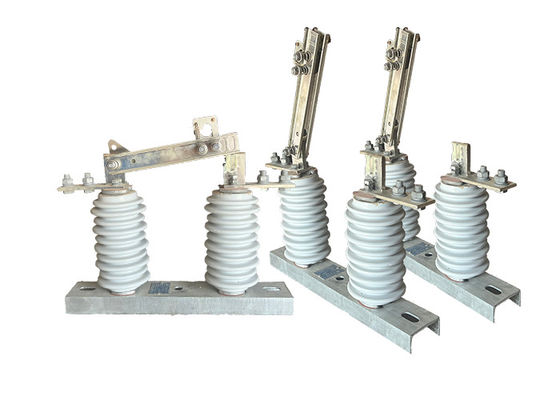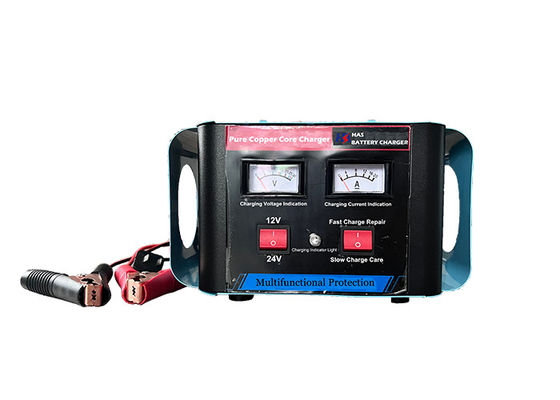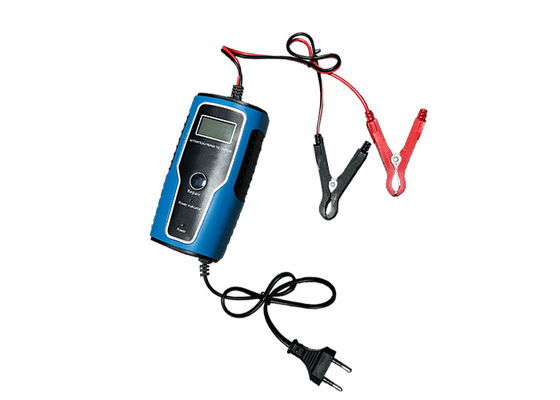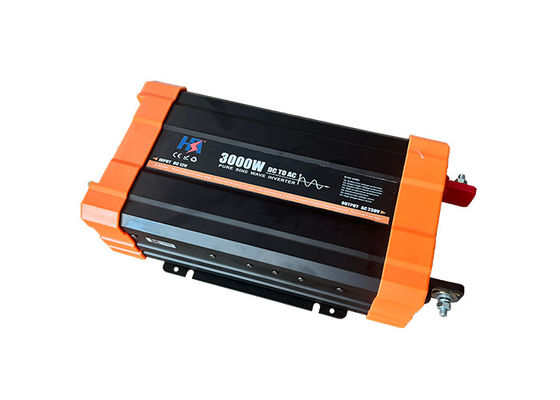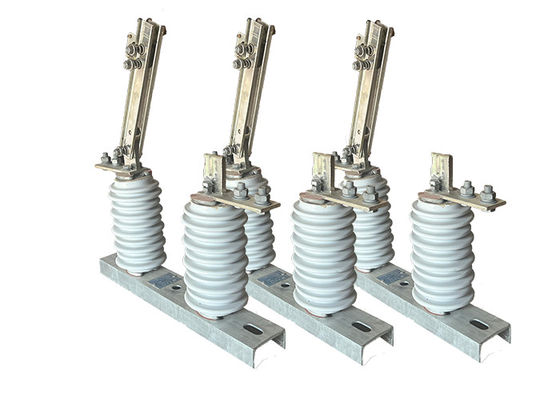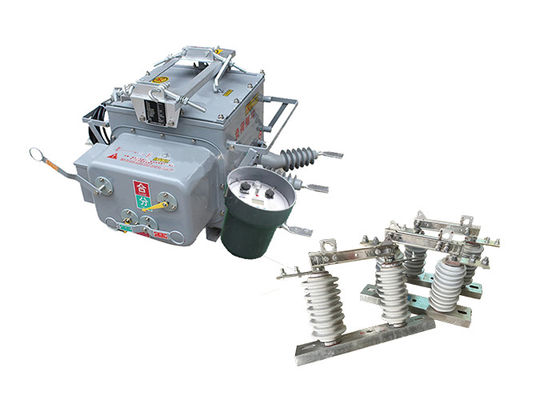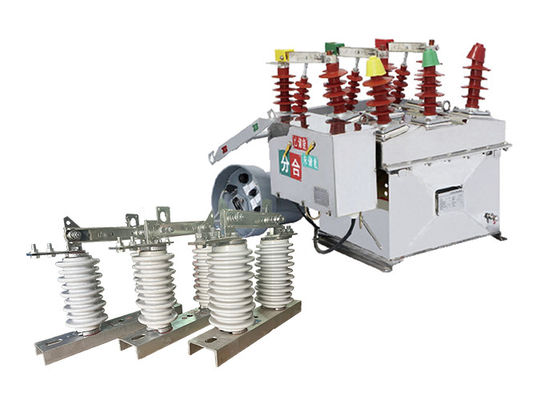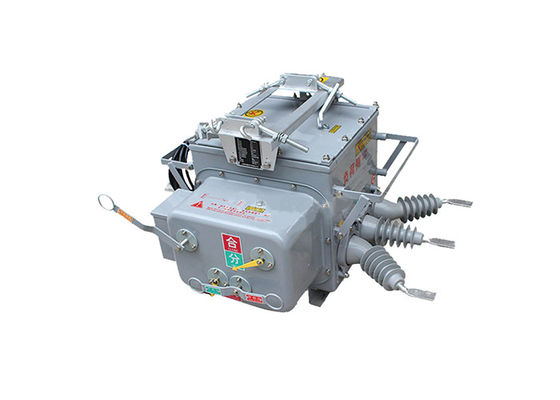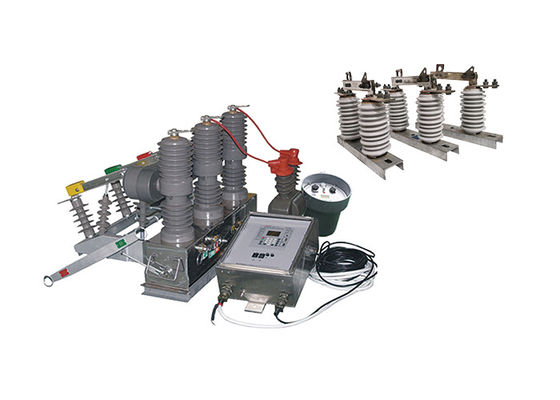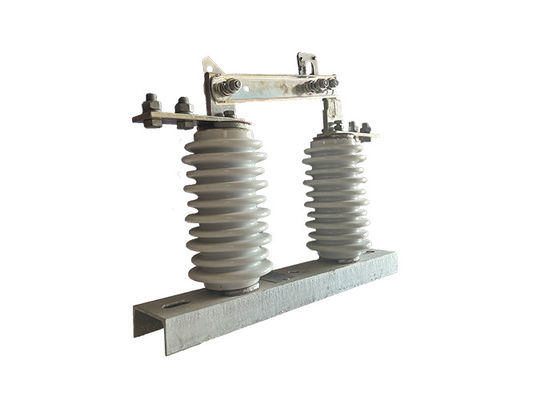Portable High Voltage DC Disconnect Switch Single Phase Isolator Switch 1000meters Altitude Used With Outdoor VCB
Product Decription:
High voltage isolator switch is an electrical switch used to disconnect a circuit from its power source. It is typically used in high-voltage power transmission and distribution systems to allow maintenance personnel to safely work on the equipment without the risk of electrocution.
High Voltage Electrical Disconnector has a blade or contact that can be opened or closed by rotating the pole, which engages or disengages the circuit. The pole usually has a non-conductive material to insulate the operator from the high voltage.
High voltage isolator switch come in various designs and sizes, depending on the voltage and current rating of the circuit they are intended to control. They are often mounted on a pole or a structure and are commonly used in conjunction with other protective devices, such as circuit breakers and fuses, to ensure the safety and reliability of the electrical system.
Operation:
1.Closing the Switch: When the switch is closed, the two conductive parts of the circuit are brought into contact with each other, allowing electrical current to flow through the circuit.
2.Opening the Switch: When the switch is opened, an air gap is created between the two conductive parts of the circuit, effectively isolating the section from the rest of the system. This is typically done to allow maintenance, repair, or testing work to be carried out safely.
3.Grounding the Circuit: Before any work can be carried out on the isolated section of the circuit, it is important to ground the circuit to prevent any residual electrical charge from building up. This is typically done using an earth switch or grounding electrode.
It is important to note that the operation of high voltage isolator switches should only be carried out by trained and qualified personnel, as they can pose a serious risk of electrical shock or injury if mishandled. In addition, it is important to follow all safety procedures and guidelines when working with high voltage equipment, including wearing appropriate protective clothing and equipment, using insulated tools, and ensuring that the area is clear of any flammable or explosive materials.
Feature:
1.Isolation: The switch is used to isolate a single phase of the power system for maintenance or repair purposes.
2.High Voltage Rating: These switches are designed to handle high voltage levels, typically ranging from a few kilovolts to several hundred kilovolts.
3.Manual Operation: The switch is manually operated using a hookstick or a lever. The operator must be trained in the safe operation of the switch.
4.Visual Indicators: Some switches have visual indicators that show whether the switch is open or closed, making it easier for operators to know the status of the circuit.
5.Durability: These switches are designed to withstand harsh environmental conditions, such as extreme temperatures, humidity, and corrosive substances.
6.Safety Features: The switch is designed with safety features to protect operators from electrical hazards, such as insulating materials that prevent accidental contact with live parts.
7.Compact Size: Single-phase high voltage isolator switches are typically compact in size and can be installed in tight spaces.
Application:
1.Circuit Isolation: High voltage isolator switches are used to isolate a section of a high voltage circuit for maintenance, repair, or testing purposes. By opening the switch, the section can be effectively disconnected from the rest of the system, allowing work to be carried out safely.
2.Load Switching: High voltage isolator switches can be used as load switches to control the flow of electrical power in a circuit. They are particularly useful in situations where the load is relatively small and does not require a circuit breaker or fuse.
3.Overhead Line Protection: High voltage isolator switches are often installed on overhead power lines to provide protection against lightning strikes and other electrical disturbances. By isolating a section of the line, the switch can help prevent damage to equipment and reduce the risk of power outages.
4.Transformer Protection: High voltage isolator switches are also used to protect transformers by isolating them from the electrical network in the event of a fault or overload. By opening the switch, the transformer can be disconnected from the network, preventing damage to the transformer and other equipment.
Operated with Outdoor vacuum circuit breaker:
The relation between the outdoor vacuum circuit breaker and the outdoor high-voltage disconnect isolator lies in their complementary roles in the electrical system:
1.Circuit Interruption: The vacuum circuit breaker is responsible for interrupting the electrical circuit during normal operation or in the event of a fault. It acts as the primary means of breaking the current flow. In contrast, the disconnect isolator is used for isolating the circuit from the power source during maintenance or repair activities. It provides an additional layer of safety by physically opening the circuit.
2.Coordination: In high-voltage power systems, the vacuum circuit breaker and the disconnect isolator are often coordinated to work together. The circuit breaker is responsible for detecting faults and tripping to interrupt the current flow, while the disconnect isolator is used to physically isolate the circuit and provide a visible indication of the disconnection.
3.Safety and Maintenance: The disconnect isolator plays a crucial role in ensuring the safety of maintenance personnel. Before any maintenance work can be performed on the electrical equipment, the disconnect isolator is operated to open the circuit and provide a visible air gap. This ensures that the equipment is de-energized and safe to work on. The vacuum circuit breaker, on the other hand, protects the system during normal operation and in the event of faults.
Technical Parameters:
| Serial No. |
Parameter |
Unit |
Data |
| 1 |
Rated Voltage |
kV |
12 |
| 2 |
Rated Current |
Model No. |
(H)GW9-12(W)/630-20 |
A |
630 |
| (H)GW9-12(W)/1000-20 |
1000 |
| (H)GW9-12(W)/1250-31.5 |
1250 |
| 3 |
4s Short-time withstanding current |
Model No. |
(H)GW9-12(W)/630-20 |
kA |
50 |
| (H)GW9-12(W)/1000-20 |
50 |
| (H)GW9-12(W)/1250-31.5 |
80 |
| 4 |
Rated Insulation Level |
Lightning surge withstand voltage(peak) |
Polar-to-Earth
(Positive & Negative) |
kV |
75 |
Interfracture
(Positive & Negative) |
85 |
Industrial frequency withstand voltage
(1 min)
(Effective value) |
Dry Test/Wet Test |
Polar-to-Earth |
42(Dry)
34(Wet) |
| Interfracture |
48(Dry) |
| 48(Dry) |
48(Dry)
40(Wet) |
| 5 |
Main Circuit Resistance |
μ Ω |
630 |
| 1000 |
| 1250 |
| 6 |
Mechanical Life Time |
times |
50 |
| 50 |
80
|








 Your message must be between 20-3,000 characters!
Your message must be between 20-3,000 characters! Please check your E-mail!
Please check your E-mail!  Your message must be between 20-3,000 characters!
Your message must be between 20-3,000 characters! Please check your E-mail!
Please check your E-mail! 
